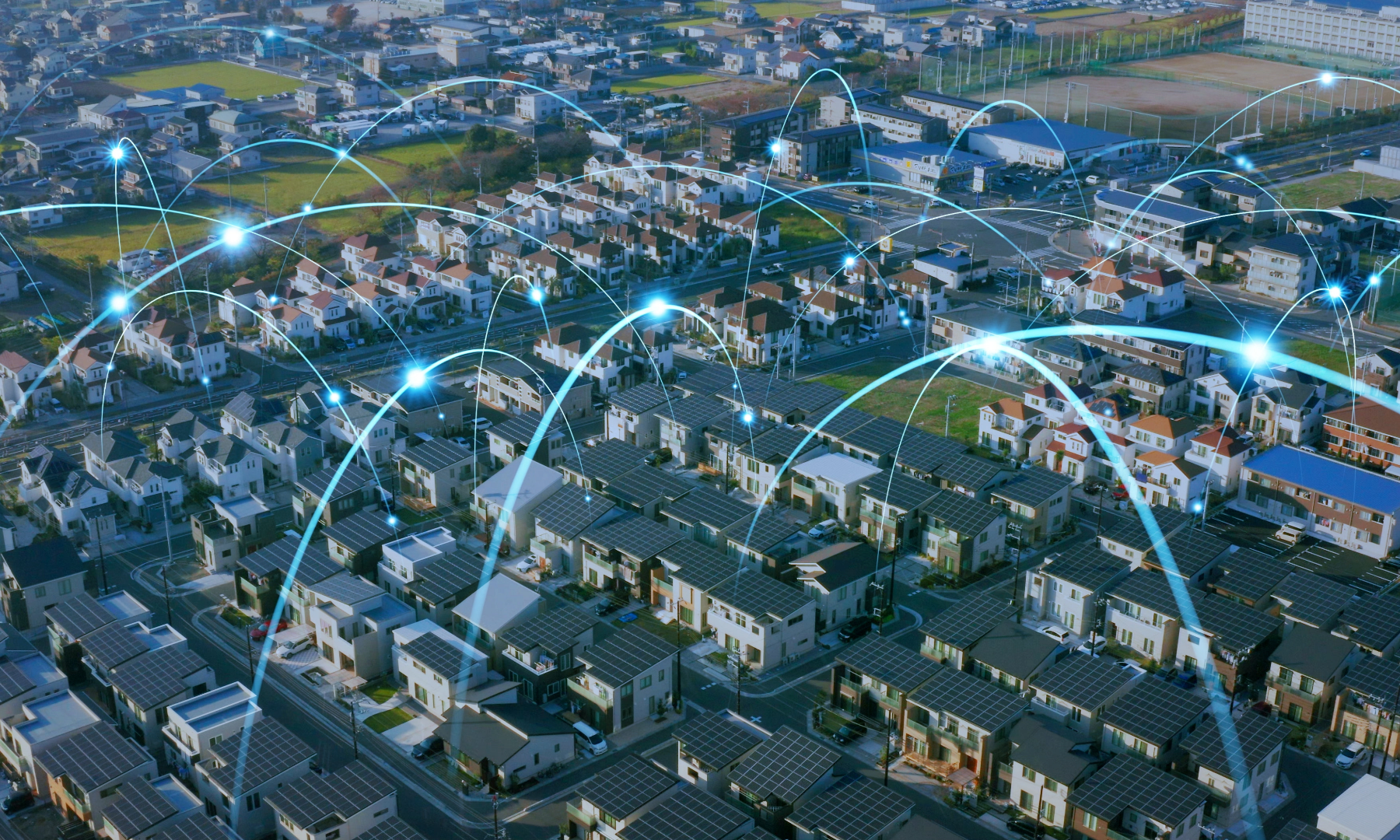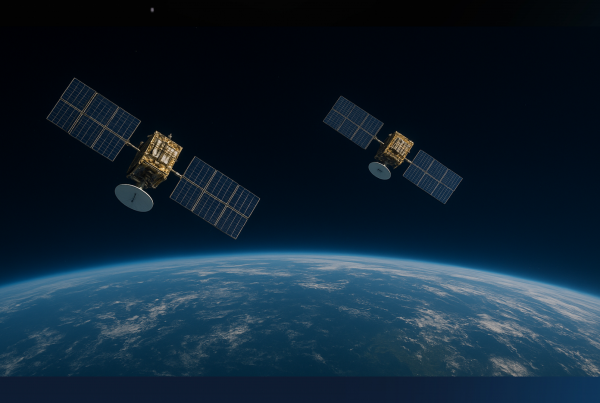Energy-efficient sensor fusion has a profound influence on how devices perceive and interact with the world, a topic that is also gaining technological momentum in the UK. We are talking about a principle that is simple yet powerful: rather than sending every single sensor reading to a central server or the cloud, devices combine multiple low-power sensors and process the data locally. By doing this, communication overhead is reduced, energy use is lowered, and battery life is extended, an outcome of utmost importance for wearables, IoT deployments, and even emerging technologies like fusion energy diagnostics.
The fact is, communication is expensive in terms of energy, much more so than computation. Every time a device sends raw data over Wi-Fi, 4G, or LoRaWAN, it consumes precious power. In contrast, processing locally allows the device to decide what information is worth sending.
By moving intelligence to the edge, devices become not just energy-efficient, but also faster and more reliable. Decision-making happens closer to the source, which means latency is reduced and systems can respond in real time, which in applications like autonomous vehicles or industrial automation, can be very important.
Smarter Algorithms for Energy Savings
Energy-efficient sensor fusion is not just about refining hardware; it also relies on the algorithms that give meaning to the data. Classic methods like the Brooks–Iyengar algorithm highlight how distributed, fault-tolerant systems can continue working even when individual sensors fail. In the UK, organisations such as Thales have applied these principles in defence and aerospace, showing how resilient software is as vital as advanced hardware in building reliable systems.
It is important to mention that efficiency can also come from the way data is shared. Counting-rule strategies avoid sending every sensor reading by transmitting only binary decisions—yes or no—until there is enough evidence for the system to make a judgement. This approach provides the same level of detection performance but with far less communication overhead, reducing both power use and strain on networks.
The next wave of innovation in sensor fusion lies in bringing machine learning to the edge. Instead of relying on fixed sampling rates, adaptive models enable devices to sense their environment and adjust accordingly, conserving energy when conditions are stable, and ramping up responsiveness when activity increases. For instance, a wearable may check heart rate less often while the user is resting, but intensify monitoring during exercise. This context-aware approach allows devices to be both smarter and more energy-efficient, achieving the right balance between performance and power consumption.
Sensors Built for Harsh Conditions
In this context, the UK is leading efforts to develop sensor fusion technologies capable of surviving some of the harshest conditions imaginable with sensors built to endure blistering heat, intense magnetic fields, and relentless neutron bombardment found inside future fusion reactors. The United Kingdom Atomic Energy Authority (UKAEA) has backed this ambition with a £3.5 million Fusion Industry Programme, funding feasibility studies to deliver proof-of-concept diagnostics and sensing systems capable of operating in these extreme environments.
These next-generation sensors do more than measure: they’re designed to offer real-time insights for safe fusion reactor control. By tackling challenges ordinary electronics can’t handle, they remind us that energy-efficient sensor fusion isn’t just about conserving power… it’s also about survival under conditions that would obliterate conventional systems.
Everyday Applications: Wearables and Smart Cities
Sensor fusion isn’t confined to labs or defence projects – it’s already shaping everyday life everywhere as well as in the UK. Take for example wearables: from smartwatches to fitness trackers, they combine accelerometer, gyroscope, and heart-rate data to identify movement, exercise types, and even stress levels. Much of this processing happens locally on the device, reducing reliance on the cloud and extending battery life. It is interesting to note that this same principle of efficiency (processing only what matters) also drives innovation in healthcare.
In healthcare, sensor fusion powers remote monitoring devices that track vital signs and transmit alerts only when anomalies are detected. By filtering and analysing data at the edge, these devices protect patient privacy while reducing the need for constant wireless transmission – improving reliability, conserving energy, and making systems easier to maintain.
All of this adds to the importance of making devices not just connected, but smart enough to act with discretion, a quality that becomes even more valuable when applied to urban environments.

Cities are now reaping these benefits. Urban centres such as London, Manchester, and Bristol are deploying distributed sensor networks to monitor air quality, traffic flow, and energy use. With energy-efficient fusion, sensors can operate autonomously and send only relevant data, preventing communication overload. This interconnected approach means networks can scale effectively while enabling more responsive city services. Taken together, these examples show how efficiency at the smallest scale (whether on a wrist or inside a hospital) can ripple outward to support smarter, more sustainable societies.
The Future of Embedded Intelligence
Looking ahead, the evolution of sensor fusion is becoming increasingly tangible. Machine learning models are being optimised to run directly on microcontrollers, bringing predictive analytics to the edge and allowing devices to anticipate events rather than simply react. At the same time, neuromorphic processors designed to emulate the neural networks of the human brain offer event-driven sensing that consumes minimal power, creating systems that are both intelligent and highly efficient.
Equally transformative is the rise of energy harvesting. Sensors powered by solar, vibration, or thermal energy could operate independently of batteries, enabling long-term, low-maintenance deployments in both urban and industrial environments. When combined with edge intelligence, these self-sustaining devices have the potential to create truly autonomous networks, systems that sense, decide, and act with minimal human intervention.
Ultimately, this convergence of intelligent processing and sustainable energy represents more than just a technological advance; it is a paradigm shift. Sensor networks of the future will not only be smarter and more efficient – they will integrate fully into everyday life, quietly supporting infrastructure, healthcare, and industry, while redefining how we think about energy, autonomy, and resilience in connected systems.




